What Causes Bananas (“Nanners”) on Cannabis Buds?

- 1. What are bananas (“nanners”)?
- 2. Hermaphrodites vs bananas?
- 3. What causes bananas (“nanners”)?
- 3. a. What can trigger bananas?
- 4. What should i do if my plant grows bananas?
- 5. Top tips to avoid bananas on cannabis plants
- 5. a. Avoid light leaks and inconsistent lighting
- 5. b. Provide enough light
- 5. c. Ensure proper growing conditions
- 5. d. Buy seeds from reputable vendors
- 6. Are there any situations where the breeder will look ffor hermaphroditic genetics?
- 7. In conclusion
Bananas or “nanners” are male structures that grow from the cannabis buds if your plant suffers from prolonged stress or as a result of genetic predisposition. These structures are unwanted by most home growers because they can release pollen, which will end up filling your buds with cannabis seeds, now, a couple of “nanners” won’t produce a lot of seeds but multiple bananas may end up ruining your harvest so here’s everything you need to know about “nanners”.
1. What Are Bananas (“Nanners”)?
As you may know, female cannabis produce buds while male cannabis plants produce pollen sacs. Bananas or “nanners” (however you want to call them) are basically the inner side of the male cannabis flower or stamen (aka pollen sac). Normally a male plant grows a pollen sac that holds all the pollen, and eventually releases it when the pollen sac is fully mature, once the pollen sacs open, you’ll see a banana-shaped structure inside; These are the stamens (aka bananas or “nanners”).
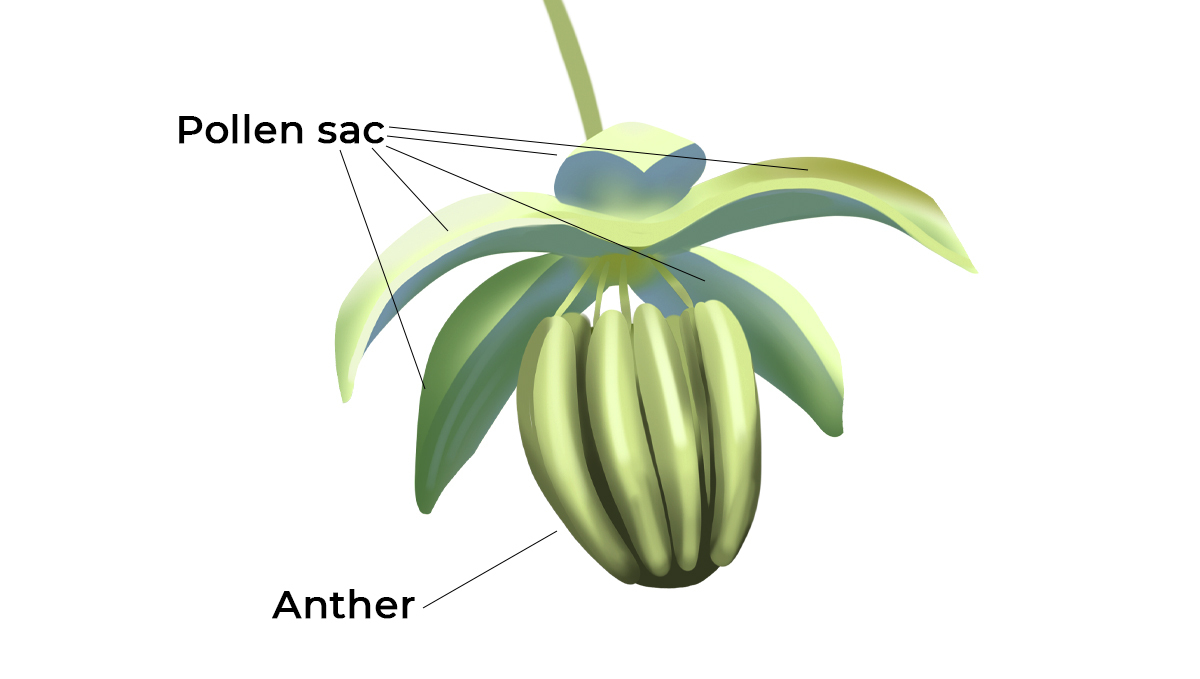
Unlike pollen sacs, “nanners” don’t need to open up to release the pollen because they’re the inside structure of the pollen sacs, so the pollen grains are directly exposed to the buds; Which means that as soon as the bananas appear, they immediately start pollinating the buds and nearby plants. Now, this isn’t always the case; Sometimes the bananas don’t develop properly so they can end up being sterile and won’t pollinate the buds but it’s very rare so it’s better to avoid them. So if you see a couple of yellow spots on the buds, look closer, it might be a couple of bananas starting to appear.
2. Hermaphrodites vs Bananas?
Even though most growers refer to all plants that grow bananas or pollen sacs as hermaphrodites, there are actually two different kinds: mixed-sex plants and mixed-sex buds. As mentioned in the table, a “true” hermie will grow the male and female parts separately while the bananas will grow in the middle of the buds as you can see in the image below.
|
Difference between hermaphrodite cannabis plants and bananas |
||
|---|---|---|
| Mixed-sex plants | Hermaphrodite plants | Female and male grow in different spots. |
| Mixed-sex buds | Buds with “nanners”or rodelization | Female and male parts grow in the same spot. |
Even though stress is the main trigger for both hermies and bananas, mixed-sex plants are usually more dependant on genetics, meaning that they’re a natural trait of that plant’s genetics while the appearance of bananas is more dependant on growing conditions. This means that, for example, if a certain strain tends to turn hermie when it’s extremely cold, it will (probably) turn hermie every time it’s exposed to extremely cold temperatures. Whereas, if a plant grows “nanners” in extremely cold temperatures, it will usually grow “nanners” when exposed to the same conditions but they will not always appear.
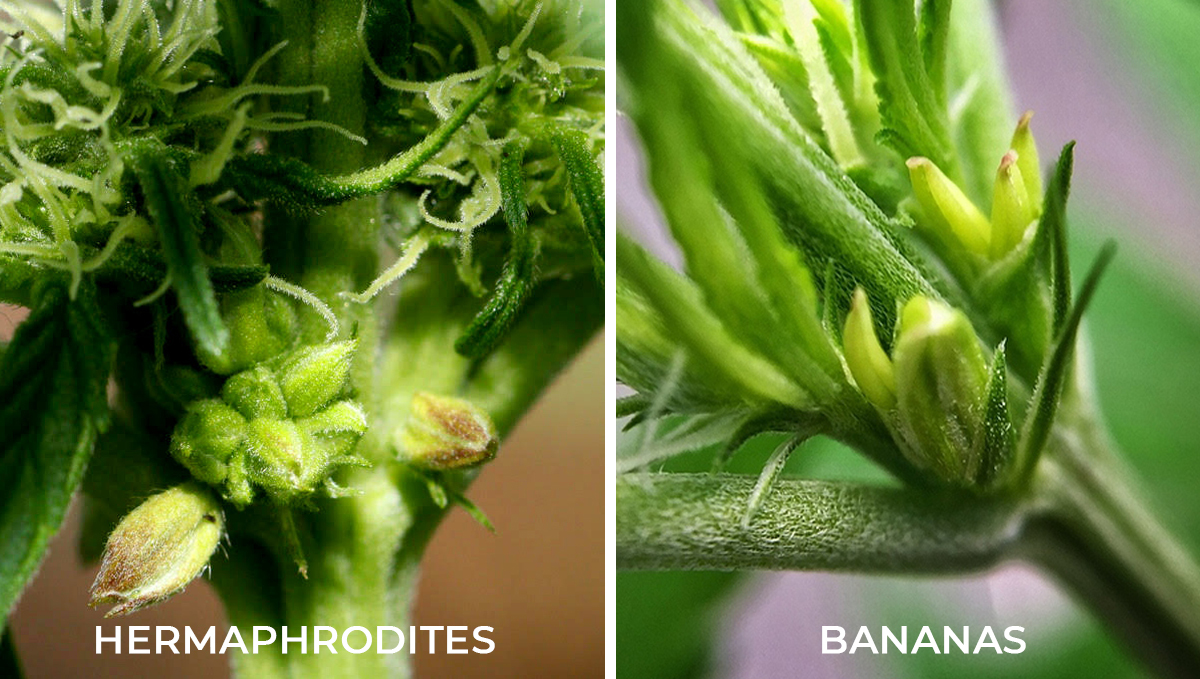
There really isn’t the need to differentiate both but because both will result in seeded buds, depending on why and how they grow but hermaphrodites are more predictable because you will see the development of the male pollen sacs since the beginning while bananas will grow in just 1-2 days in some cases.
Certain strains are genetically disposed to have a higher chance of turning hermie than others. Sativas, especially those containing Thai landrace genetics, turn hermie at a higher rate than most other strains. But it isn't just Thai strains, with most pure Sativas and Sativa dominant cultivars having a bit of a higher chance than strains that are heavily Indica dominant.
This is due to a few reasons, but a lot of it can come down to the fact that Sativas take longer to finish the flowering period. Thai landrace genetics are also used to a warmer and more humid climate, which means that any strain containing a large percentage of these strains are more predisposed to struggling in colder climates, and in turn becoming hermies.
3. What Causes Bananas (“Nanners”)?
Genetics is responsible for the appearance of bananas, some strains are more susceptible and others less, but in most cases, the growing conditions are what triggers them. Some strains can withstand a lot of stress and others will develop bananas as soon as they’re stressed, this is related to genetics; If you’re growing good-quality genetics, it will take at least 5-7 days under stress for the ”nanners” to appear, but if you’re growing doubtful genetics, it’s most likely that the “nanners” appear even just 1-2 days after being stressed.
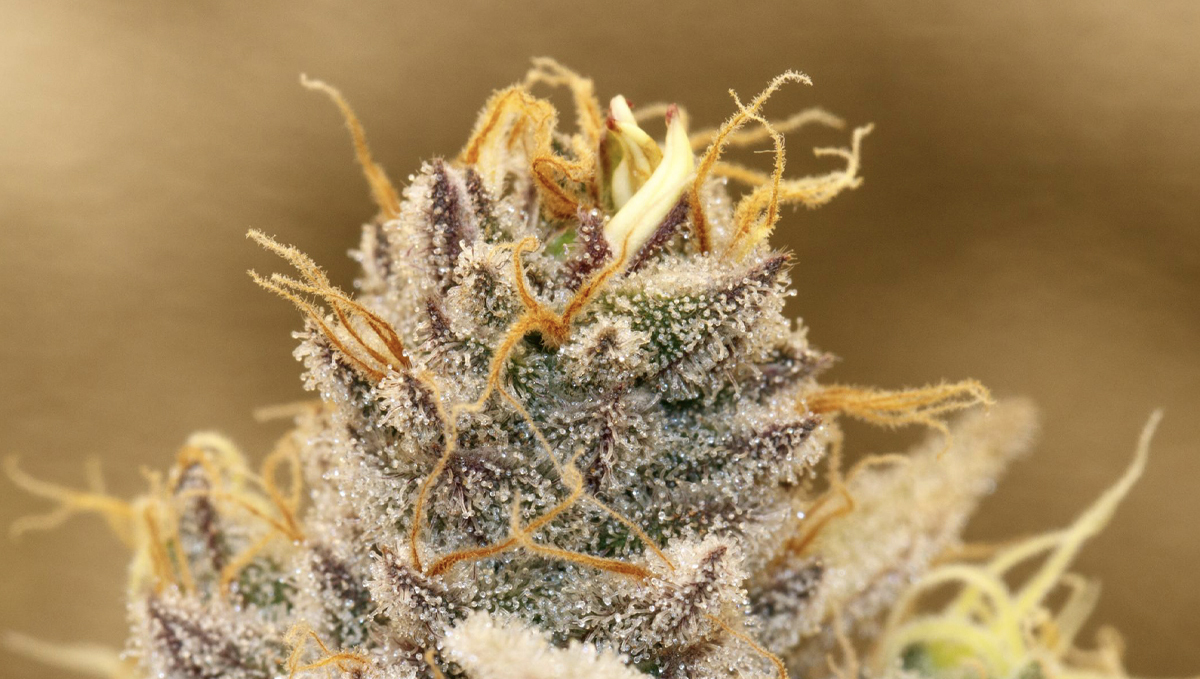
Now, bananas are not only a sign of bad genetics; It’s possible that your female plants grow bananas even if you’re top-quality genetics. This happens because some strains will grow bananas if you let them live sometime after they’re ready for harvest so in the last attempt to produce seeds and perpetuate the species they will grow bananas and try to self-pollinate (aka rodelization). Rodelization isn’t as bad as your plant turning hermaphrodite because the buds are long past the ideal moment for pollination, so it’s most likely that there won’t be a lot of seeds but you’ll have to remove the bananas when harvesting.
What can trigger bananas?
As said above, genetics plays a big role in the tendency of a certain strain to grow bananas. Some strains will never grow bananas even if left too long after they’re completely mature or even in the most stressful conditions while others will grow bananas with minimum stress.
It’s impossible to say if your plant will grow bananas or turn hermaphrodite before maturing so if you want to avoid it, make sure to pay attention to the following things:
Light leaks and inconsistent light cycles
The most common factor attributed to hermies or bananas is when photoperiodic strains are exposed to light during the dark period or if they don’t get light at the same time each day.
Temperature
Extremely hot or freezing cold temperatures often trigger the appearance of nanners and, with some strains, your plants might turn hermaphrodites.
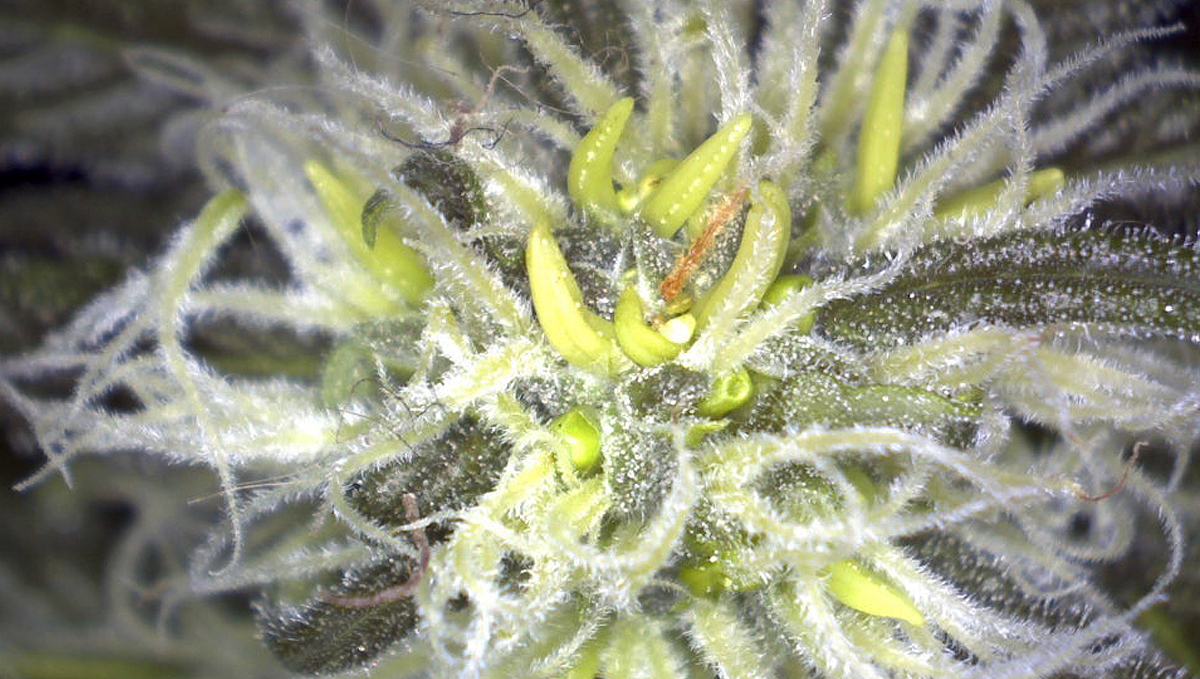
Avoid light-burn
Just like with the temperatures, light stress can also trigger bananas; Usually, this happens when the light fixture is too close to the canopy and often happens after you see signs of light burn.
Other serious problems
Apart from the problems mentioned above, hermies and/or bananas may appear when your plants are suffering from nutrient deficiencies, root rot, pH problems, light burn, nutrient burn caused by overfeeding serious bug or mold infestation, and aggressive defoliation.
This happens because some growers use self-pollinated seeds to produce feminized seeds and these seeds end up having a tendency to produce bananas even in normal conditions, this is why it’s recommended to buy seeds from trusted seed banks.
4. What Should I Do If My Plant Grows Bananas?
Just like when one of your regular seeds ends up being a male, you should remove the plants that are showing bananas as soon as possible because, as mentioned before, bananas do not open like pollen sacs and they will pollinate the buds immediately.
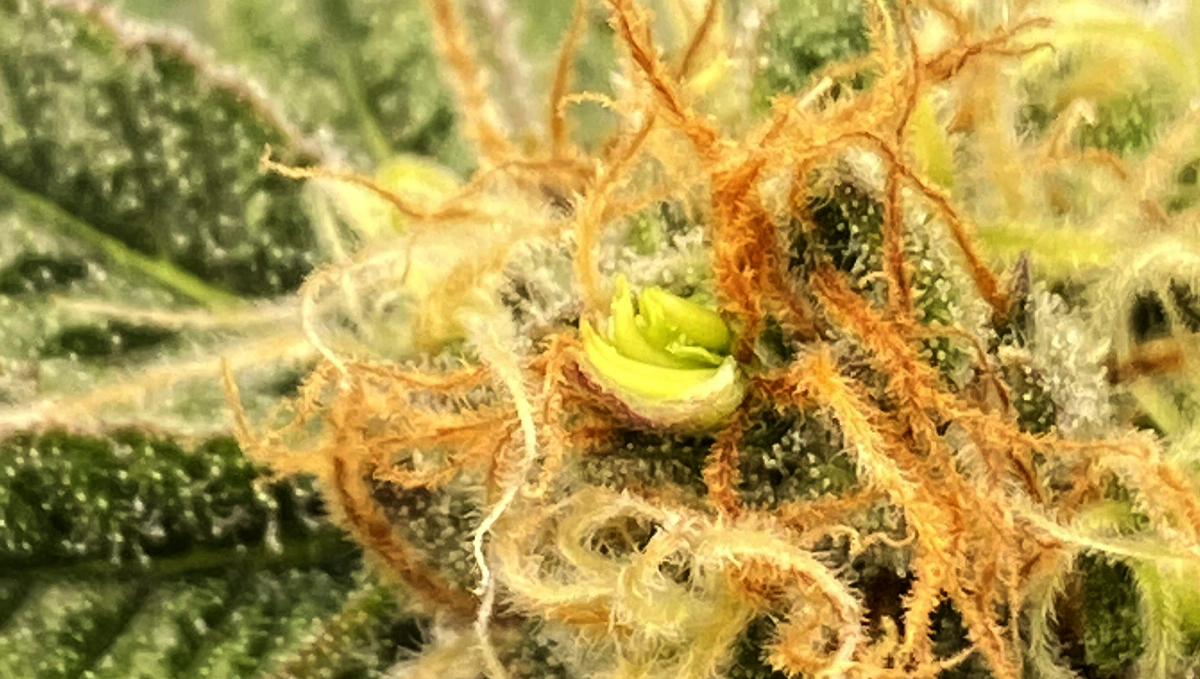
If the bananas appear in normal growing conditions (not extreme) while the buds are still in the early stages with lots of white hairs and have not taken form yet, remove the plant from the grow room because it will only get worse due to the bananas being triggered by normal conditions.
Remember that the earlier the bananas appear in the flowering stage, the more time they get to pollinate the buds and the more seeds your buds will have so if you have a major “nanners” problem, harvest the plants immediately or get rid of them to minimize the losses.
5. Top Tips to Avoid Bananas on Cannabis Plants
In case you’ve never dealt with “nanners” in your garden but want to prevent them at all costs, here are a couple of things you should keep in mind.
Avoid Light Leaks and Inconsistent Lighting
- Keep lights on a timer a do not change the light cycle during the flowering stage.
- Make sure your plants are not exposed to street lights or other light sources when growing outdoors.
- Remember to give your plants a minimum of 12 hours of darkness during the flowering stage.
Provide Enough Light
In most cases, more light equals better buds but very high light intensity can end up causing light burn and stressing your plants. So when dealing with high-intensity LED fixtures always follow the manufacturer’s recommendations and respect the minimum distance from the plant canopy. If your light fixture does not come with a manual, you can always use the hand test. In order to know if your lights are too close, place one of your hands at canopy level and wait 10 seconds, if it feels too hot then it’s probably too hot for your plants.
Ensure Proper Growing Conditions
- Make sure to keep stable humidity levels and temperatures at all times, especially during the flowering stage.
- Avoid big temperature oscillations, remember that the temperatures should be hotter during the day and slightly cooler at night.
Buy Seeds from Reputable Vendors
And last but not least, always buy seeds from reputable seed banks as good-quality genetics are tested extensively to prevent a wide range of issues, including “nanners”.
6. Are There any Situations Where the Breeder Will Look Ffor Hermaphroditic Genetics?
Yes indeed. We all know about feminized seeds, but where do they come from? How do you ensure that a seed will be a female almost 100% of the time? Through hermaphroditic plants, that's how. And breeders don't just hope and pray for hermies, they can actually force them to appear. And when a hermaphrodite plant is left to self-pollinate, the result will be seeds with a 99% chance or higher of turning out female. This is due to the fact that there is no male plant involved in the pollination.
There are a couple of methods that breeders use, but the most popular is the use of colloidal silver. Colloidal silver is distilled water that has microscopic silver particles mixed in. This is easily sourced online and is pretty cheap considering it has silver particles mixed in.
How Does It Work?
We won't go into the full scientific explanation, but the process is super simple. The first thing you will need to do is grab a bottle of colloidal silver. At the same time, you want to select a female plant. You shouldn't use just any plant, you're looking for a powerful, robust, and beautiful plant with all the characteristics you are looking to propagate. Remember, all the seeds produced will carry 100% of the genes from the plant you decide to turn hermie, so you'll want to choose the best option out of the whole crop. Sure, you may be losing the yield from that one plant, but you'll be rewarded with a bunch of seeds that should be just as strong as the mother plant.
Once you have decided on a plant, you want to remove it from the growing area where the rest of the crop is located. You need to wait for the plant to start showing her pre-flower before you begin the spraying process. Once quarantined, it's time to get spraying. Spray her three times a day, and make sure you cover as much of the plant as possible. Don't forget to spray the underside of the leaves. Do this for two weeks, and switch the lighting schedule from 18/6 to 12/12 halfway through the process.
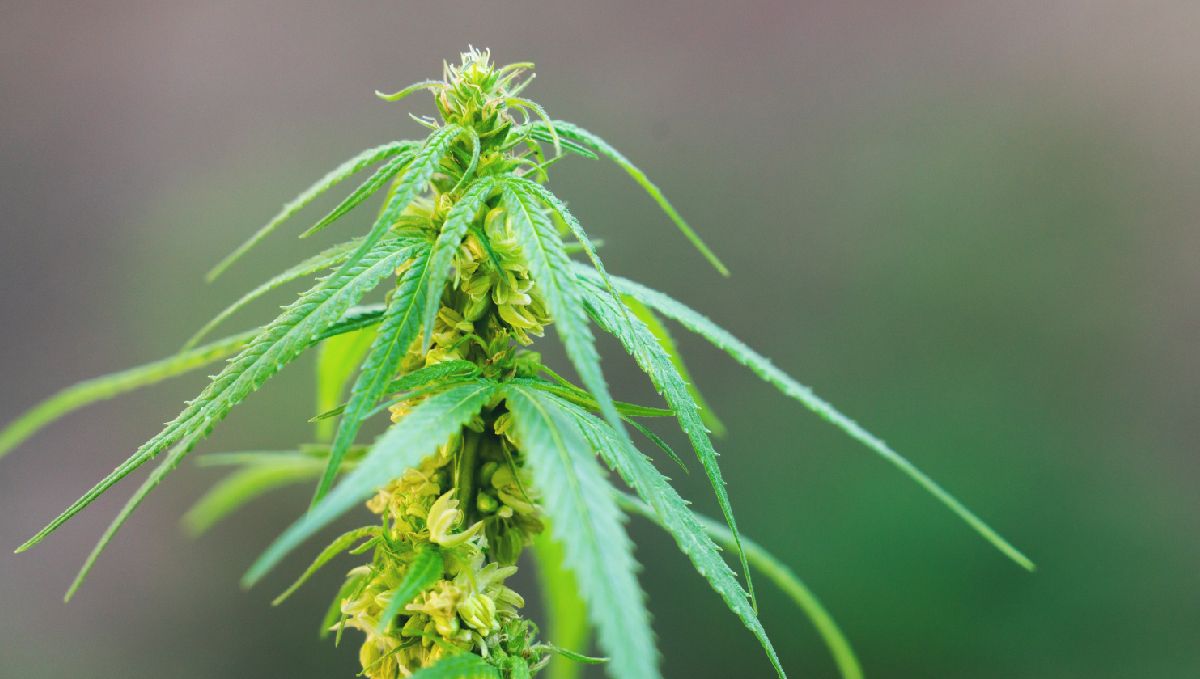
If done correctly, you should see results after five to ten days. Male pollen sacs should start appearing at some of the flowering sites. If it gets to around fifteen days after you have finished the spraying routine and there are still zero signs of hermaphroditism, hit her with the colloidal silver spray again for another few days. Then you just have to wait for mother nature to do her thing! A single pollen sac can release over one million spores, and it only takes a single spore to start a seed. So again, make sure this plant is well quarantined from the rest of the crop! Seeds come to maturity after three to four weeks, and DO NOT SMOKE ANY OF THE FLOWER FROM THIS PLANT. There will be traces of silver in the buds. Just don't do it, it's not good for your lung health.
7. In Conclusion
Despite not being exactly the same as hermaphrodites, “nanners” are definitely not wanted because, just like hermies, they will pollinate the buds, resulting in seeded buds. If you want to avoid bananas at any cost, make sure your growing conditions are on point and that you avoid any stress.
If you have experienced “nanners” and have an infallible tactic to get rid of them, please share your tips and tricks in the comment section below!







Comments